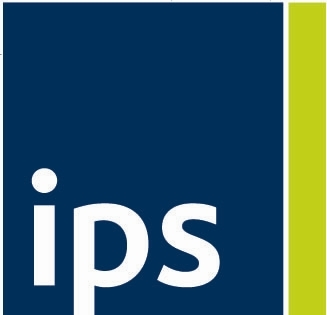Scheme Funding
Actuarial liabilities and valuation
As required by Financial Reporting Standard 102, ‘The Financial Reporting Standard applicable in the United Kingdom and the Republic of Ireland’ (FRS 102), the financial statements do not include liabilities in respect of promised retirement benefits.
Under Section 222 of the Pensions Act 2004, every scheme is subject to the Statutory Funding Objective, which is to have sufficient and appropriate assets to cover its Technical Provisions, which represent the present value of benefits to which members are entitled. This is assessed at least every three years using assumptions agreed between the Trustee and the Company and set out in the Statement of Funding Principles, a copy of which is available to Scheme members on request. Annual updates are presented to the Trustee in other years.
The Scheme Actuary is independent of the Scheme and the Company. The Actuary assesses the funding position of the Scheme, i.e. the balance between assets and liabilities.
A full valuation was performed as at 31 March 2024.
In accordance with the Pensions Act 2004, the Trustee sets the method and assumptions for the Scheme Actuary to calculate the Technical Provisions (the amount required by the Scheme to provide for the Scheme’s liabilities on an on-going basis). These Technical Provisions were then agreed by the Company. In setting the method and assumptions, the Trustee took into account both the strength of the Covenant provided by the Company and the other participating employers and the parent company guarantee of up to £1,750m, which it secured from Schneider Electric SE in January 2014.
A summary of the method and key assumptions is given below:
Method
The actuarial method used to calculate the Technical Provisions was the defined accrued benefits method.
Key assumptions
The assumptions agreed with the Company for the 31 March 2024 valuation were as follows:
a discount rate set to be the yield available on the nominal fixed interest gilt yield curve plus 0.50 percentage points per annum
an RPI inflation assumption derived from nominal and real gilt yield curves
a CPI inflation assumption, which has been derived by making a suitable adjustment to the RPI inflation assumption. A deduction of 0.75% per annum from the RPI assumption has been made to estimate CPI up to February 2030 and thereafter CPI is assumed to equal RPI in this valuation. This reflects a prudent adjustment given observed past levels and the planned reform of RPI announced by the UK Government. The assumption could not be derived directly as there was no reliable market-based method for deriving an assumption for CPI price inflation.
pension increases assumptions based on the relevant inflation assumption and a model to allow for the pension increase collars and caps (e.g. 3% minimum and 5% maximum) and future inflation volatility of 1.5% per annum
the pre-retirement mortality table based on AC00 tables
for males a post-retirement mortality assumption of 105% of the S4PA tables, projected in line with the Continuous Mortality Investigation Model (CMI_2022) with 2020 & 2021 data weighting parameters of 0%, a 2022 data weighting parameter of 30%, a long term improvements of 1.75% per annum, a default smoothing parameter of 7.0 and an initial addition of 0.2%.
for females a post retirement mortality assumption of 106% of the S4PA tables, projected in line with Continuous Mortality Investigation Model (CM1_2022) with 2020 & 2021 data weighting parameters of 0%, a 2022 data weighting parameter of 30%, a long term rate of improvement of 1.50% per annum, a default smoothing parameter of 7.0 and an initial addition of 0.2%.
The agreed assumptions gave rise to a funding surplus of £121m as at 31 March 2024. As the Scheme was in surplus, there was no requirement for deficit funding from the Company for the immediate future.
The next full valuation will have an effective date of 31 March 2027 at the latest.
funding position at 31 march 2025
We estimated the liabilities as at 31 March 2025 using the 31 March 2024 actuarial valuation assumptions (but allowing for market conditions as at 31 March 2025). At this date, the assets of the Scheme were £2,979m and the liabilities were estimated to be £2,833m. This estimate indicates that the Scheme had a surplus of £146m and a funding ratio of 105%.
Solvency funding position
As at 31 March 2024, it was estimated that the amount required to secure the obligations of the Scheme in full with an insurance company, in the event of the Scheme winding up, was £3,372m, which represents a shortfall of £78m. This figure is just an indication and does not imply that the Trustee or the Company are considering winding up the Scheme.
